This year's 2017 Scholastic Art & Writing Awards recognized 16 high school seniors who received the program’s highest national honor, the Gold Medal Portfolio, which includes a $10,000 scholarship.
Throughout May, we will showcase two pieces of art from this year's art portfolio winners. This week, we are celebrating the work of Rachel Campos, age 18 (Peru, IN) and Jonathan Maldonado (New York, NY).
What inspires you to create art?
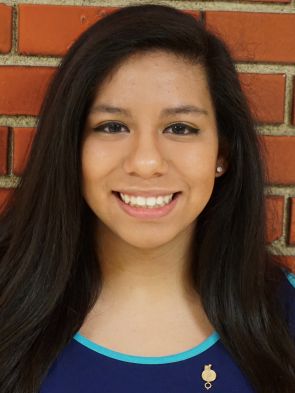 Rachel: My inspiration comes from the satisfaction of a completed project. Finding new challenges in my works and viewing the finished product is just amazing and very important to me in my work.
Rachel: My inspiration comes from the satisfaction of a completed project. Finding new challenges in my works and viewing the finished product is just amazing and very important to me in my work.
Jonathan: Many things inspire me to create art. It could be that I find value in an assignment, or because it’s fun and fires up my imagination. When an assignment is fun, I like to think like a child because to me they’re the most creative. Painful and positive life experiences inspire my art, such as the work I created about my father. Other artists inspire me to create art at times. Sometimes it could be that I’ve come across a body of work or a single image or sequence, that resonates with an artistic value or subject that I consider when creating art. Movies, or tv shows, that utilize compelling cinematography is also worth noting because they challenge my creativity and expose me to unique ways of creating imagery that tell stories. Ultimately, what inspires me to create art is an urge to express my unique vision of this world, the way I interpret it, and share the significant aspects of my life that have played a role in shifting my perspective.
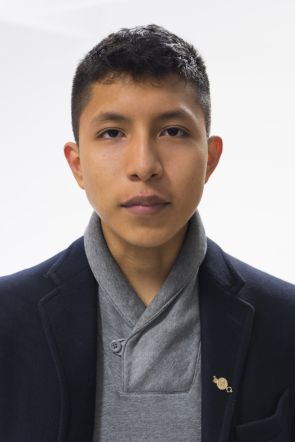 What do you enjoy most about creating art?
What do you enjoy most about creating art?
Rachel: I enjoy facing new challenges with my art and exploring new ideas. I love creating unique piece and hearing the different opinions that come from the viewers.
Jonathan: You know what I enjoy most about creating art? I enjoy seeing the things that are important to me, the things that are significant but overlooked in life be molded and shifted into different forms until it manifests itself into what I see in my head, what I feel in my heart. That’s what I enjoy in creating art. People always want to share what they think is important, to them or to the world, and I choose to do exactly that through photography. I enjoy bringing to life my mental processes into a physical form through art.
Is there an artist or another creative individual whose work has inspired the way you think about art and writing?
Rachel: I like Pablo Picasso's work because he started off painting realistic pantings and then as he grew older he began explore with his art and ended up creating a new style of art.
Jonathan: Art is complex, subjective, intimidating. Sometimes it’s hard to create art when you put the pressure on your chest to create art. Sometimes it’s even hard to understand art and you can’t truly make your mind comprehend. My photography mentor, Emily Schiffer, has helped me overcome my difficulties that come with being an artist. When I’m uninspired, dissatisfied, or not on board with an art project, she helps me understand the other side of things. Although I’m not answering the question about her work inspiring me, she has been an important factor in understanding art, especially the art that I create. Emily has had an impact on the way I think about art more than any art or writing I’ve seen.
"Ánimo"

Photo credit: Rachel Campos
"Enmarcado"

Photo credit: Rachel Campos
What advice do you have for new artists or people who want to start trying different mediums of art?
Rachel: Do not be afraid to run and try new things. If you have a dream, go out and chase it. Do not let anyone bring you down and defiantly do not be afraid to experiment.
Jonathan: It’s easy to be intimidated by something new and fall under the pressure of trying to learn a new medium of art. Art is supposed to be fun, it’s not supposed to inhibit you. Any medium of art can be fun, just trust in yourself that you can have fun and be passionate about it, regardless of your skill. If you find yourself frustrated at any moment, whether you’re a beginner or skilled. Just know that no one will judge you harder than yourself. You can’t make art when you’re disconnected from it. But you have to be connected to that feeling of disconnection. When in doubt, listen to yourself and express that in your art. When something speaks to you, listen to it. You might make something out of it. The world of art is yours to observe, understand, and adopt.
Why is it important to celebrate the arts?
Rachel: It is important to celebrate the arts because it is a subject that almost anyone can share with another person. The great thing about art is that people can form their own opinions about any piece of art.

Jonathan: It’s important to celebrate the arts because the arts are not just about physical, audio, or visual pieces. It’s about the culture they’ve fostered throughout the world. Art has had a huge impact on the lives of people. When we listen to music that we love, who do we have to thank for that? When you watch your favorite movie or show, who do you thank for that? Art, language, writing, they’re a part of history. They are history. To not celebrate the arts would deprive the world and its population of what artists have worked hard for: meaning and purpose.
Photo Credit: Jonathan Maldonado

Photo Credit: Jonathan Maldonado


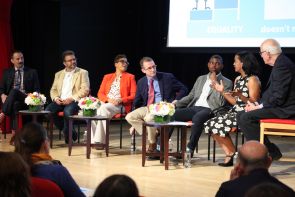 Since the 1930s, Scholastic has convened a National Advisory Council, a group of educational thought leaders who meet annually at our headquarters to discuss important topics in education. (Interesting fact: among the school superintendents that comprised the first Council was also the poet Robert Frost!)
Since the 1930s, Scholastic has convened a National Advisory Council, a group of educational thought leaders who meet annually at our headquarters to discuss important topics in education. (Interesting fact: among the school superintendents that comprised the first Council was also the poet Robert Frost!) Want to work at Scholastic? We’ve relaunched our
Want to work at Scholastic? We’ve relaunched our 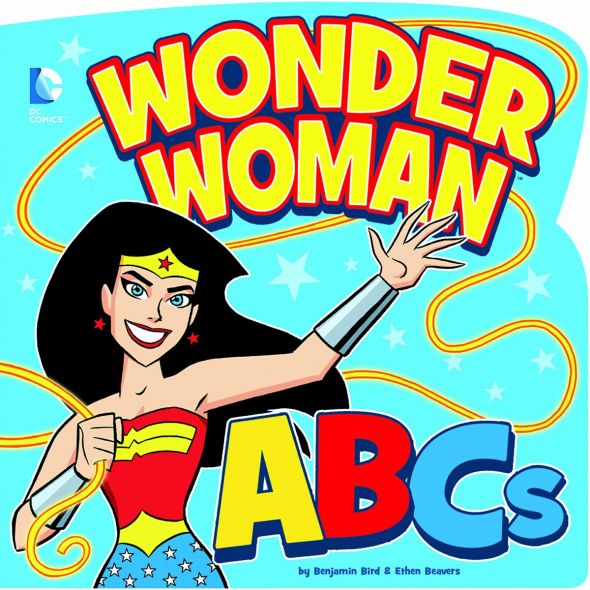 "To the rescue!"
"To the rescue!"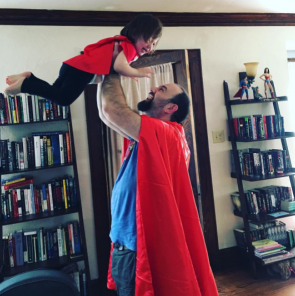 .) But my daughter has the superhero bug. These days, she carries a small Wonder Woman action figure around with her. She often wears a cape (that's her in the photo!). She asks to watch old superhero cartoons on TV, the exact ones my husband watched as a child. And, of course, the books: she reads them over and over again. How will that influence her, I wonder? Does a toddler know what it means to "rescue" someone?
.) But my daughter has the superhero bug. These days, she carries a small Wonder Woman action figure around with her. She often wears a cape (that's her in the photo!). She asks to watch old superhero cartoons on TV, the exact ones my husband watched as a child. And, of course, the books: she reads them over and over again. How will that influence her, I wonder? Does a toddler know what it means to "rescue" someone? Visiting art museums and looking at art is one of my favorite things to do. When I look at a new piece, I try to avoid looking at the description posted beside it that details the artist, the title of the work, and sometimes the meaning behind it. When I look at art for the first time, I try to think about what I see, what it makes me think about and how it makes me feel.
Visiting art museums and looking at art is one of my favorite things to do. When I look at a new piece, I try to avoid looking at the description posted beside it that details the artist, the title of the work, and sometimes the meaning behind it. When I look at art for the first time, I try to think about what I see, what it makes me think about and how it makes me feel.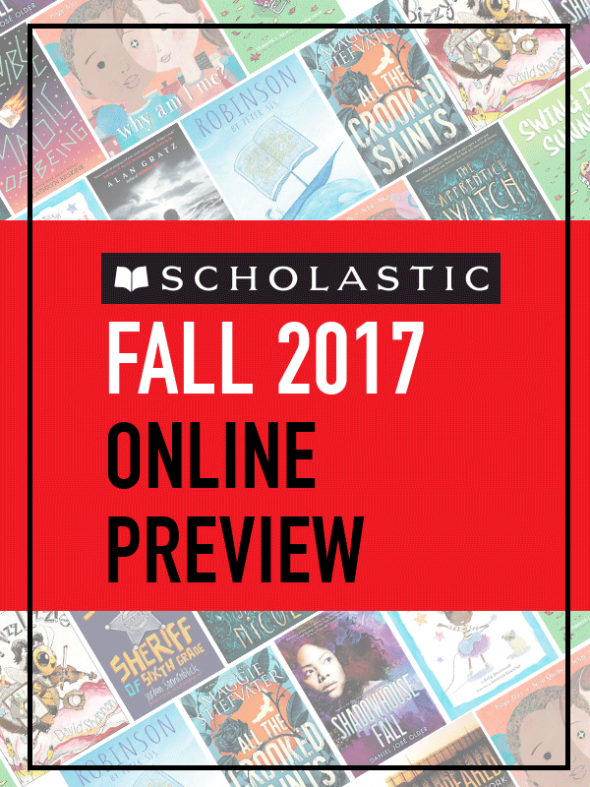 Today, we launched the
Today, we launched the 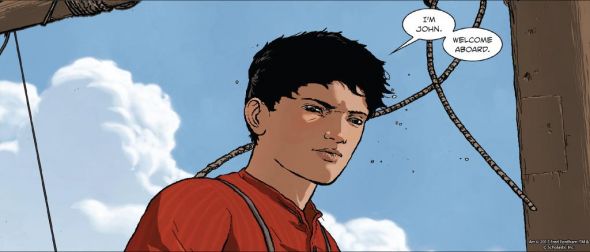 The Adventures of John Blake by Philip Pullman hits stores today, and in honor of its release,
The Adventures of John Blake by Philip Pullman hits stores today, and in honor of its release, 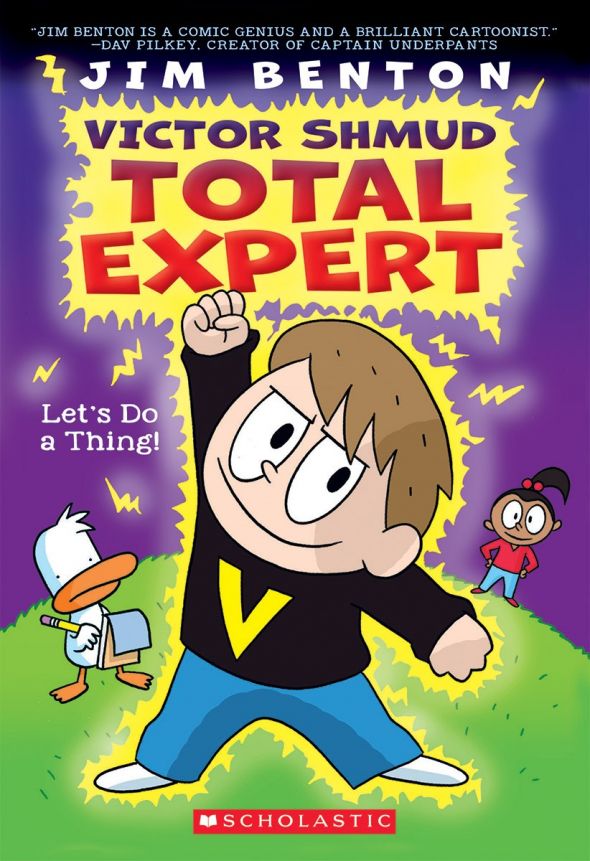 Today on OOM we’re celebrating some book birthdays for new releases from Scholastic, out today! Check out the list below of great reads for all ages, and let us know what you’re most excited to read.
Today on OOM we’re celebrating some book birthdays for new releases from Scholastic, out today! Check out the list below of great reads for all ages, and let us know what you’re most excited to read.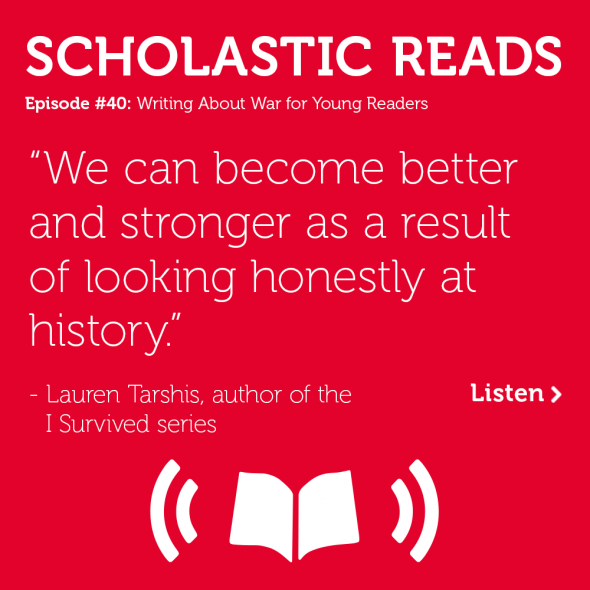 Memorial Day Is May 29, and though it's often a time of reflection and patriotism, we realize that it can also be a moment to talk with the children in your life about what we're celebrating and why. But talking about war can be difficult — how much do you share? What if they ask follow up questions? To help us tackle this, we invited three children's books authors who all write books for young readers about war, both historical and present, to join us via Skype for a fascinating conversation about why they've chosen to write about war and how they approach the topic for children. (
Memorial Day Is May 29, and though it's often a time of reflection and patriotism, we realize that it can also be a moment to talk with the children in your life about what we're celebrating and why. But talking about war can be difficult — how much do you share? What if they ask follow up questions? To help us tackle this, we invited three children's books authors who all write books for young readers about war, both historical and present, to join us via Skype for a fascinating conversation about why they've chosen to write about war and how they approach the topic for children. ( Rachel: My inspiration comes from the satisfaction of a completed project. Finding new challenges in my works and viewing the finished product is just amazing and very important to me in my work.
Rachel: My inspiration comes from the satisfaction of a completed project. Finding new challenges in my works and viewing the finished product is just amazing and very important to me in my work. What do you enjoy most about creating art?
What do you enjoy most about creating art?


